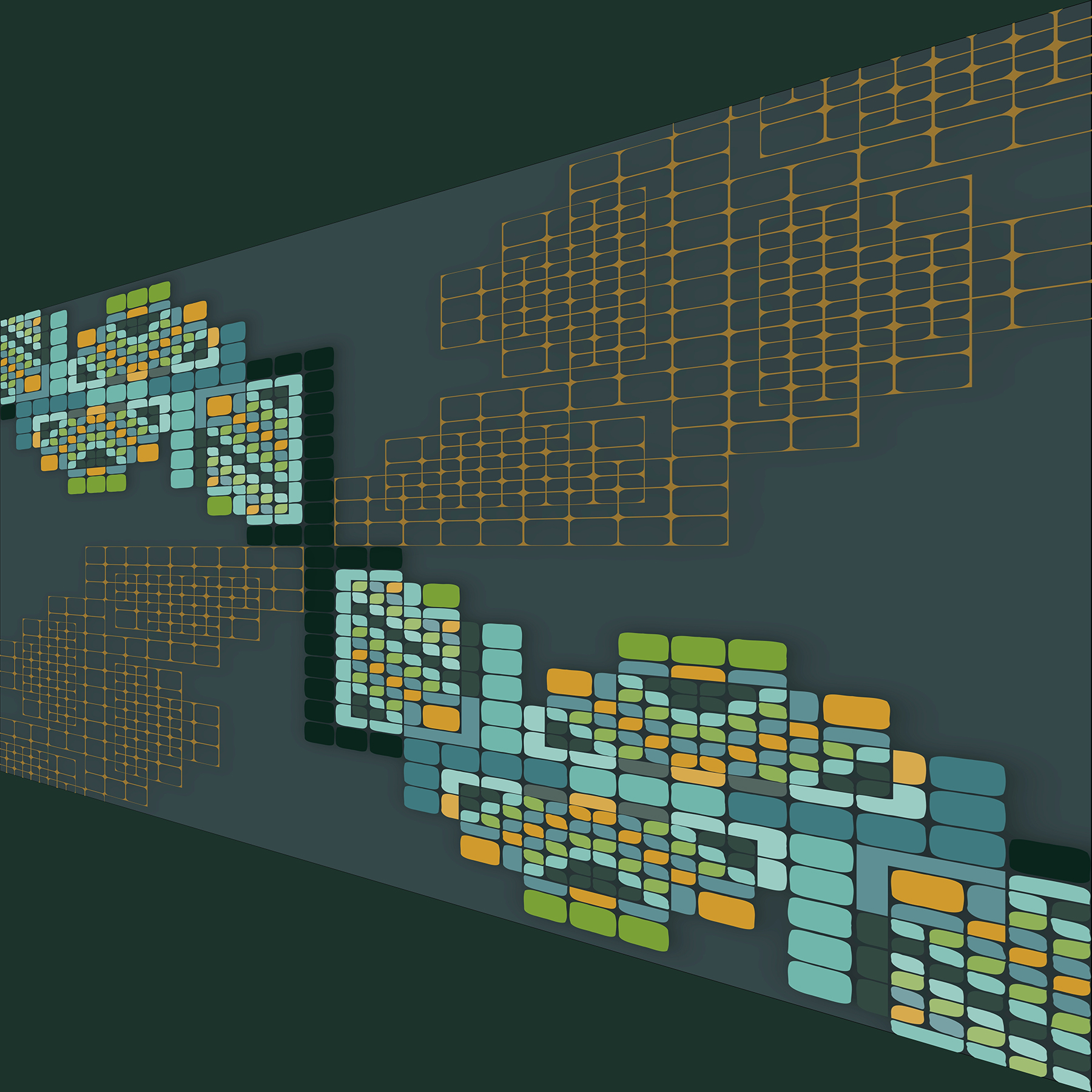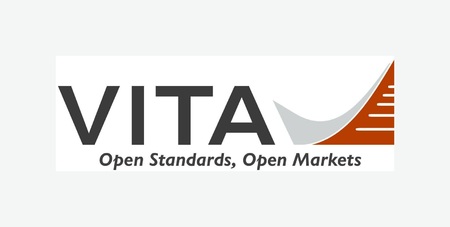The VITA 17.1 standard defines Serial FPDP, a high-speed serial communications protocol for use in high-speed data transfer applications. It is directly related to the standard Front Panel Data Port (FPDP), deriving its serial protocol from the defined protocol and control signals of FPDP. The Serial FPDP standard supports three data transfer rates in excess of 105 Mbytes/sec, 208 Mbytes/sec, and 245 Mbytes/sec. It was developed to overcome the distance limitations with the parallel FPDP implementation of only a few meters. Serial FPDP supports a variety of topologies including point-to-point, daisy chained, single master ring, and multiple master ring. With Serial FPDP it is now possible to have system components up to 10K apart offering system architects a great deal of flexibility in high-speed data acquisition systems design.
The FibreXtreme products from Systran Corporation implement the Serial FPDP standard in a family of dedicated point-to-point broadcast data links for high-throughput DSP applications. Solutions are available for PCI, CompactPCI, and VMEbus. The FibreXtreme products specify a maximum sustained throughput of up to 247 Mbytes/sec over distances up to 10 kilometers. Conduant Corporation successfully tested long duration digital recording and playback using the Systran SL240 boards on a VME carrier, along with Conduant’s StreamStor PCI-816XF2 disk recorder (see Figure 1). The StreamStor PCI-816XF2 features dual parallel FPDP interfaces and is able to accept a hardware-to-hardware data transfer at sustained rates up to 200 Mbytes/sec via FPDP or the 64-bit PCI bus.
Conduant was able to successfully record and verify data at a sustained 200 Mbytes/sec for several minutes. The Systran SL240 supports a Serial FPDP in, with a Parallel FPDP out, provided by a carrier card, allowing it to connect the data source seamlessly to the digital recorder. The incoming data is recorded to a bank of up to 16 IDE disk drives, or more than 4 Tbytes. Conduant’s application performed bit-level verification of the recorded data and found zero bit errors over gigabytes of recorded data transferred over a 10-meter fiber connection. Once recorded, the data can be processed locally via the PCI bus or it can be played back out the SL240 board at full speed.
Serial FPDP enables a wide array of applications where the data source must be physically remote from the recorder or data processor. Applications occur frequently in scientific research and the military where data is collected from multiple dispersed sensors in an aircraft, mobile vehicle, or ground station. Examples include video, radar, and telemetry data recording. In these cases, the recorder often resides several meters or kilometers from the data source(s) and may have environmental packaging for temperature, shock, vibration, altitude, etc. Under these circumstances, fiber is a critical component to enable the real-time capture of the raw data. By locating sensitive equipment (such as disk drives) remote from the data source(s), solutions can be architected that ensure equipment is properly protected and/or isolated from harsh environmental conditions. In the case of an aircraft, the sensors may be located outside the aircraft on the wings and nose of the fuselage, and the recorders may require pressurization for high altitude flights.
In extreme cases, where high reliability or fault tolerance is a requirement, a daisy-chained configuration can be utilized, as shown in Figure 1, to duplicate the incoming data stream to multiple parallel recorders. This topology consists of a single transmitter and a string of two or more receivers. The data is received and passed on by each subsequent receiver, with the last receiver in the chain terminating the data flow. Since fiber is used each of the redundant recorders can be physically isolated to provide even greater potential to avoid data loss for extreme environments.
In summary, serial FPDP and the VITA 17.1 standard provide a versatile interface for high-speed and long-distance transmission of digital data. This standard has already been adopted by companies such as Conduant Corporation, Mercury Computer Systems, VMETRO, and Systran Corporation to produce exciting solutions for a variety of long distance data acquisition applications.
Thomas Skrobacz is Vice President of Business Development for Conduant Corporation. Thomas develops business strategies, procedures, and coordinates implementation. Prior to joining the company, Thomas served at IBM for 16 years. While with IBM, he pioneered software strategies to deliver distributed mainframe systems software worldwide and developed security standards for migration to the Internet. Additionally, he developed and deployed technologies, policies and procedures to conduct the single largest systems integration test ever performed in IBM. Thomas is a certified Project Management Professional and an award-winning entrepreneur. He has a BS degree in computer science from the University of Maryland at College Park.








